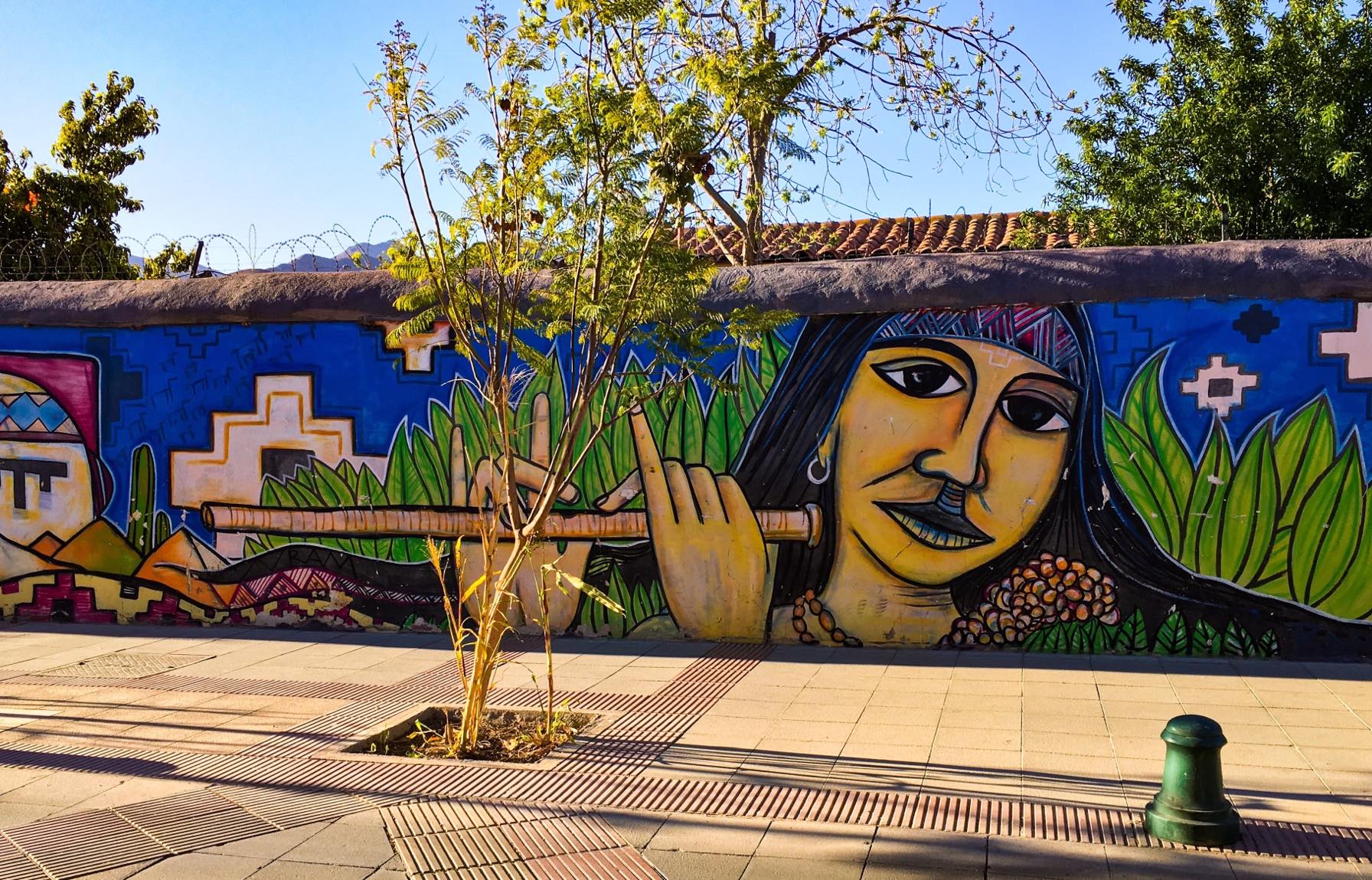
Street art in the city of La Serena resembling an Egyptian Fallaha. Photo courtesy of Amina Zaineldine.
Take a moment to distance yourself from the image you’ve always had of tourism in Latin America.
Forget, for a moment, the dancing and the tropical heat, and prepare yourself for a brand new side of the other side of the world.
Taking a long distance flight to the southwestern coast of South America is a big ask, but if you love nature tourism and breathtaking scenery, I’ve got just the place for you: a long, narrow strip of land positioned snugly between the towering Andes and the Pacific Ocean in all its ice-cold glory.
Chile is a South American destination often overlooked in the esteemed company of Brazil, Peru, Costa Rica, or Argentina. Its tectonic location means that it has been subjected to enough earthquakes to decimate the relics of Spanish settlement. But its long coastline stretching from sub-tropical climates in the north to sub-polar climates in the south, boasting deserts, beaches, forests, lakes, and mountains alike, is scattered with gems that are well worth going the extra few miles for.
From wildlife you can see from your restaurant window, to scenery that looks as though it were taken right out of a David Attenborough documentary, and fascinating encounters with old small-town residents, here are some snippets of my month-long trip to el fin del mundo (the end of the world).
The Chilean capital is where I started my trip. The population there is a patchwork fabric made of strands of settler and immigrant ethnicities from Spain, Britain, Germany, former Yugoslavia, Palestine, and more, blended with the native people of Chile — a nation home to various indigenous peoples, primarily the Mapuches. The city, which now bears the unmistakable marks of the mass protests it witnessed late last year, is one of the friendliest and most hospitable I have ever visited.
Santiago is home to cultural destinations such as the Gabriela Mistral Cultural Center, named after Latin America’s first winner of the Nobel Prize winner (Literature, 1945), and La Chascona, the home-turned-museum dedicated to Nobel Prize winner (Literature, 1971), poet, and diplomat Pablo Neruda. Another heart-wrenching museum visit was the one dedicated to Chilean artist Violeta Parra, whose poetry, music, and visual art shows a raw sincerity that reflects her unique experience as a working class woman with a complex and troubled life.
I went for walks through Avenida Italia and its little artisan shops, a stroll through the Parque Bicentenario with its bird of paradise flowers, live flamingos, and brightly coloured koi ponds, and an evening out in the neighbourhood of Lastarria with its lively bars and restaurants serving local seafood and Chilean empanadas with a variety of fillings.
But apart from Santiago, Chile has much and more to offer. I had the opportunity to visit two very unique and distinct towns on the central coast, no more than two hours away from the capital: Valparaíso and Zapallar.
Arguably one of the most colourful cities in the world, Valparaíso is an old yet youthful port city famous for its vibrant street art. Separated into the lower area by the sea and the famous 42 hills or cerros, it is an educational centre and a famed tourist destination — Sting even wrote a song about it. It is also home to another home-turned-museum of Pablo Neruda’s, La Sebastiana.
Interestingly, Neruda had a third home-turned-museum named Isla Negra near Valparaíso, which was the only one I had the chance to visit from the inside. The whimsical collections of ship masts, clothing, insects, and a variety of instruments showed the poet’s unique and wild fascinations.
Valparaíso’s soulful, rugged look stands in sharp contrast with the quiet serenity Zapallar. It, in turn, is a town on an idyllic beach surrounded by wealthy villas and a shockingly small number of hotels (strictly to maintain exclusivity).
It was on a walk along the beach of Zapallar that I saw one of the most memorable sights of my life: entirely unprompted, a bottle-nosed dolphin began to soar and dive on its own less than 50 metres from where we watched. For hours it flipped and swam, and we got to enjoy a free dolphin show, without the animal cruelty, as we ate our lunch.
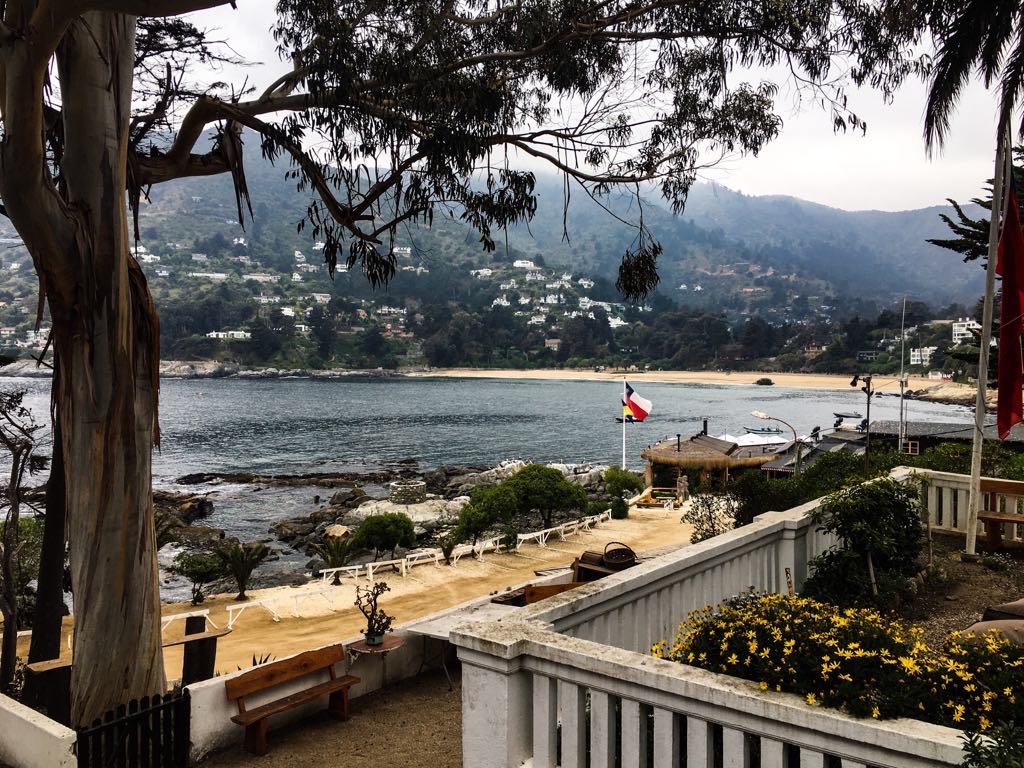
The Chilean flag flying over Hotel Casa Wilson in Zapallar, Chile. Photo courtesy of Amina Zaineldine.
But when it comes to wildlife, this was just the tip of the iceberg. The north of Chile is divided into two: El Norte Chico (or the Small North) closer to central Chile, and El Norte Grande (the Big North) in the far north and home to the arid Atacama desert.
Our chance to visit El Norte Chico allowed us to visit the two neighbouring coastal cities of La Serena and Coquimbo, which share a delightful boardwalk decorated with the iconic “Tsunami Threat” sign. Needless to say, Chile’s experience with devastating earthquakes has led to it developing elaborate safety measures for any such eventuality.
It was on that very same boardwalk that I came selfie-close to a gigantic male sea lion who was asleep until he found himself surrounded by people. That’s when he began to pose for photos.
It was also in Coquimbo that I came across a kind, 85-year-old Chilean man, who upon discovering I was Egyptian, told me of his work on a merchant ship that docked in Port Said over 50 years ago. He asked for an Egyptian coin as a keepsake, and gave us a beautifully carved wooden anchor with the word Coquimbo carved on it.
We travelled further North to take a wildlife excursion to Isla de Choros, an island off the minuscule town of Punta de Choros, where sea lions, penguins, and a variety of other seabirds roamed freely. The bright blue waters and crisp winds were refreshing, but not quite as refreshing as our unexpected sighting of a small pod of a rare breed of white dolphins swimming in formation.
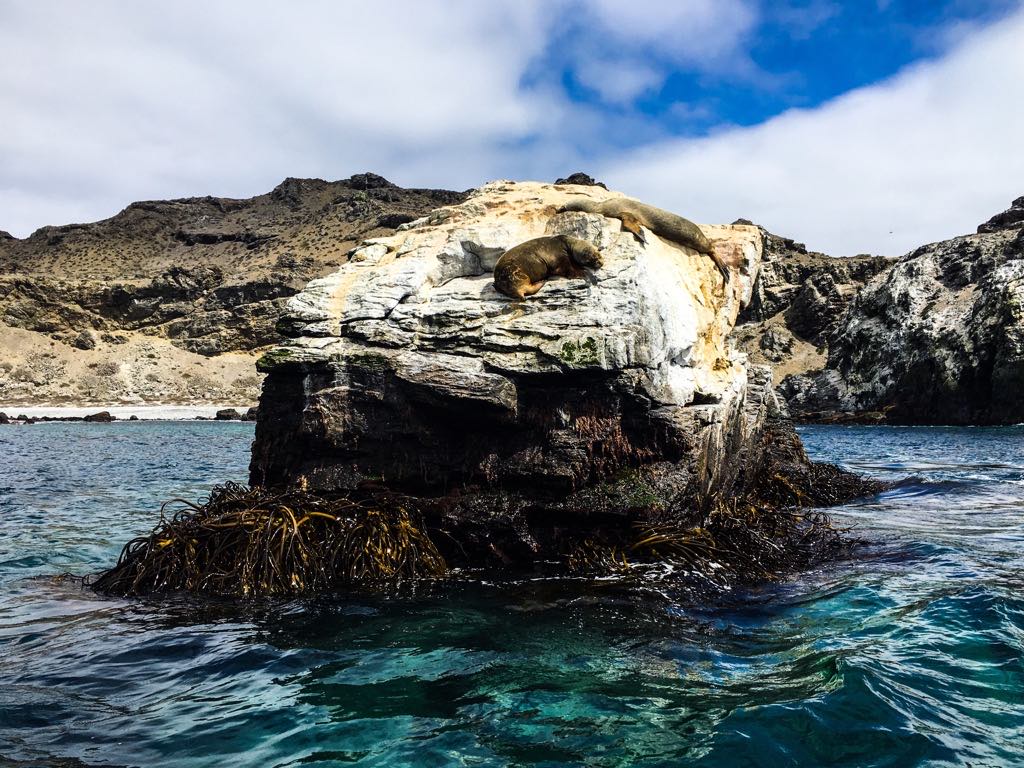
Sea lions perched on top of a rock off the island of Isla de Choros in Chile. Photo courtesy of Amina Zaineldine.
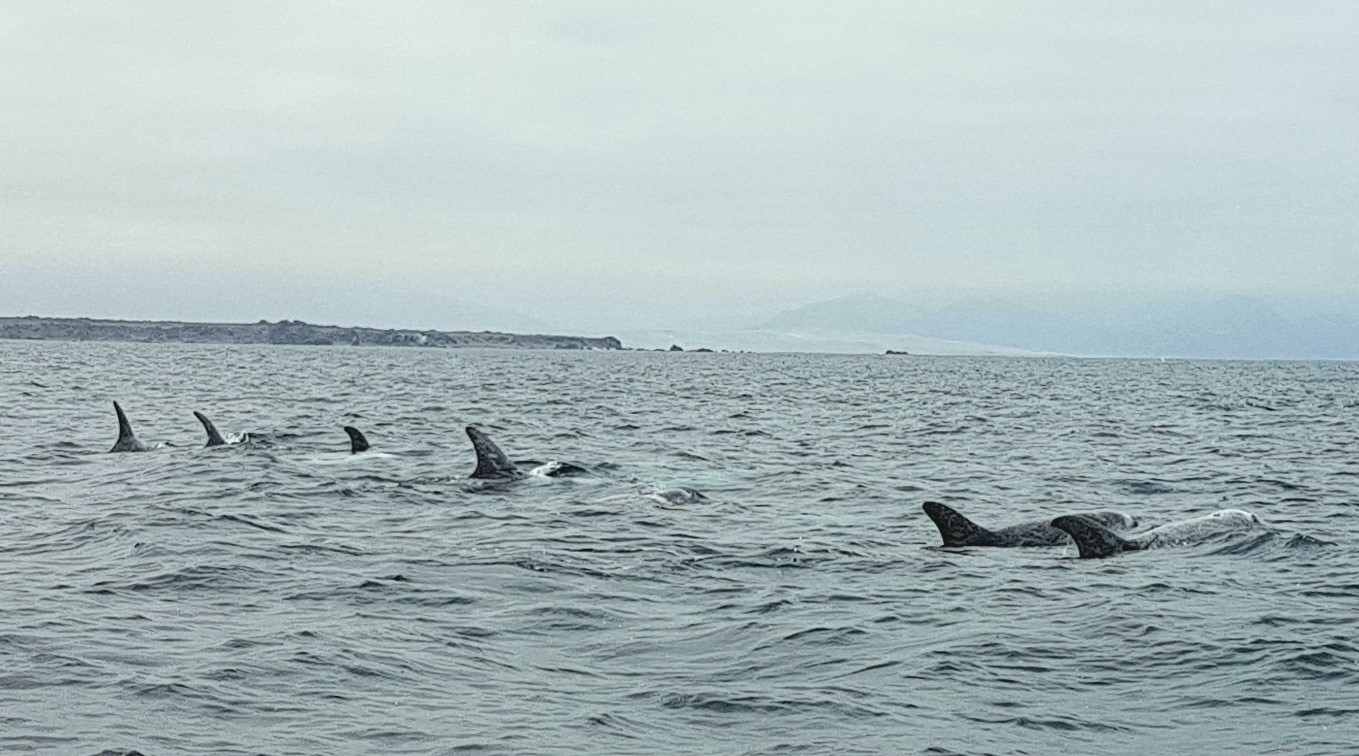
A rare breed of dolphins off the coast of Punta de Choros, Chile. Photo courtesy of Ayman Zaineldine.
On our way South we stopped to catch glimpses of guanacos (desert-dwelling llama-like animals) and foxes roaming the edges of the Atacama desert. I invite you to zoom in on the picture below to try to count the number of foxes in it.
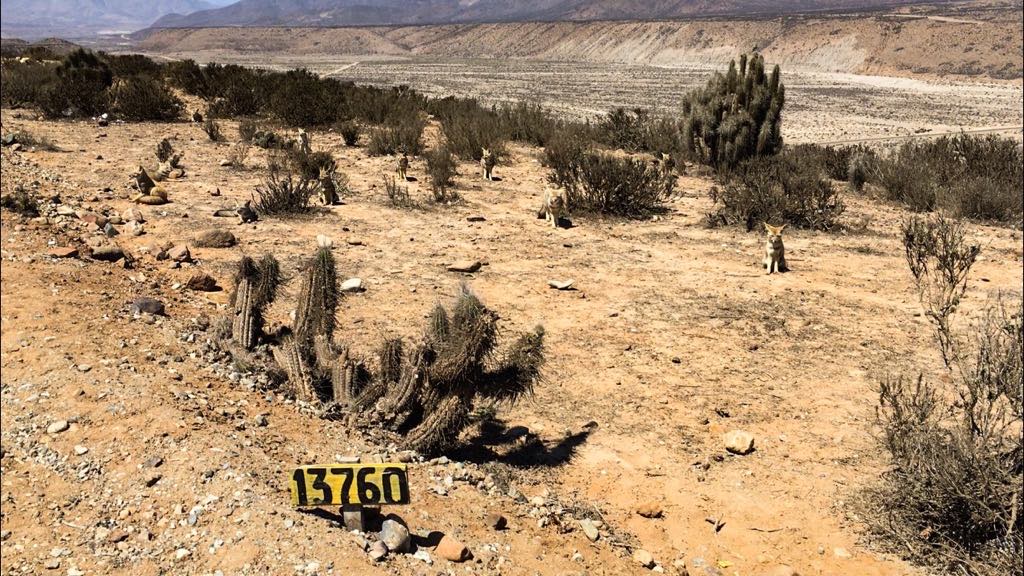
Look closely and find the 10 foxes in this picture taken on the edge of the Atacama desert in Chile. Photo courtesy of Amina Zaineldine.
After all this, we passed Santiago to the South to visit an entirely different environment. The towns of Pucón and Villarrica both lie in the hulking shadow of the active volcano Villarrica. The white peak with its billowing hat of white smoke was an impressive sight surrounded by a landscape that looked as though it came straight out of the set of The Sound of Music.
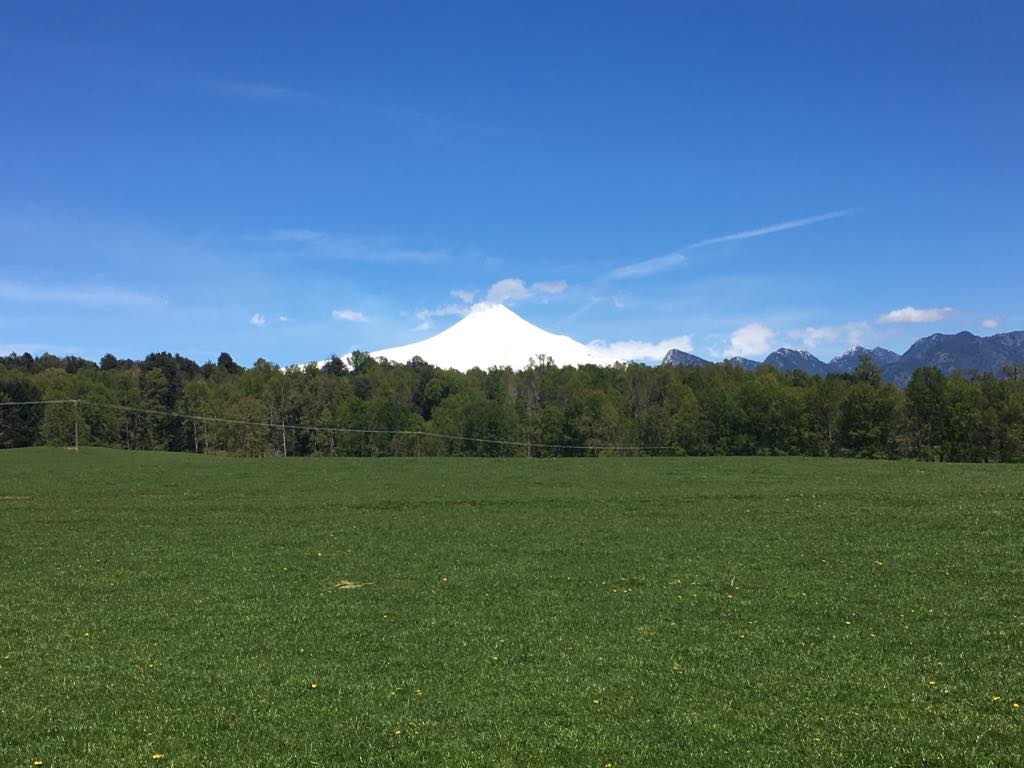
The volcano of Villarrica towering over the green grass of Pucón, Chile. Photo courtesy of Amina Zaineldine.
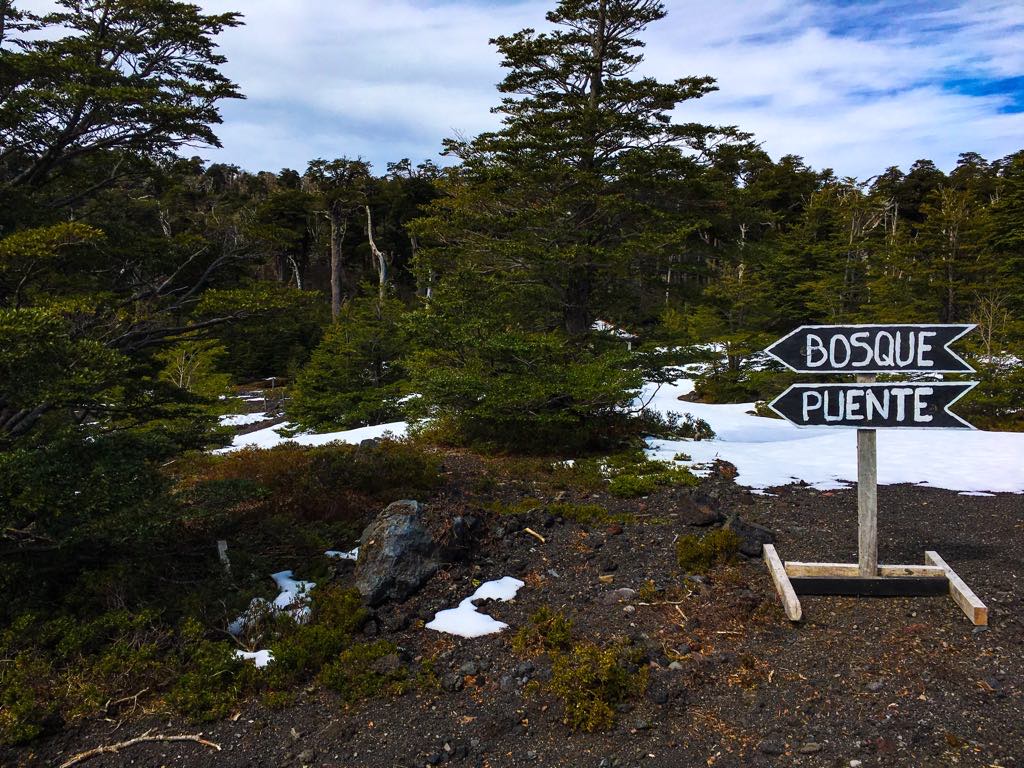
Signs pointing towards the forests surrounding the volcano of Villarrica and the hanging bridge leading into it. Photo courtesy of Amina Zaineldine.
While these are the locations I spent the most time in throughout my month in Chile, I know that there is much I have yet to see. The subpolar South of Patagonia hosts frozen hills and ice blue lakes are undoubtedly worth witnessing.
I doubt that many of you have considered making Chile your next tourist destination, but I urge any of you who have the time and resources to consider this unique natural marvel. Though its beaches aren’t what we spoilt Egyptians would consider swim-friendly compared to the Mediterranean and Red Sea, Chile’s unmatched natural profile and the warmth of its people make it well worth your time and money.
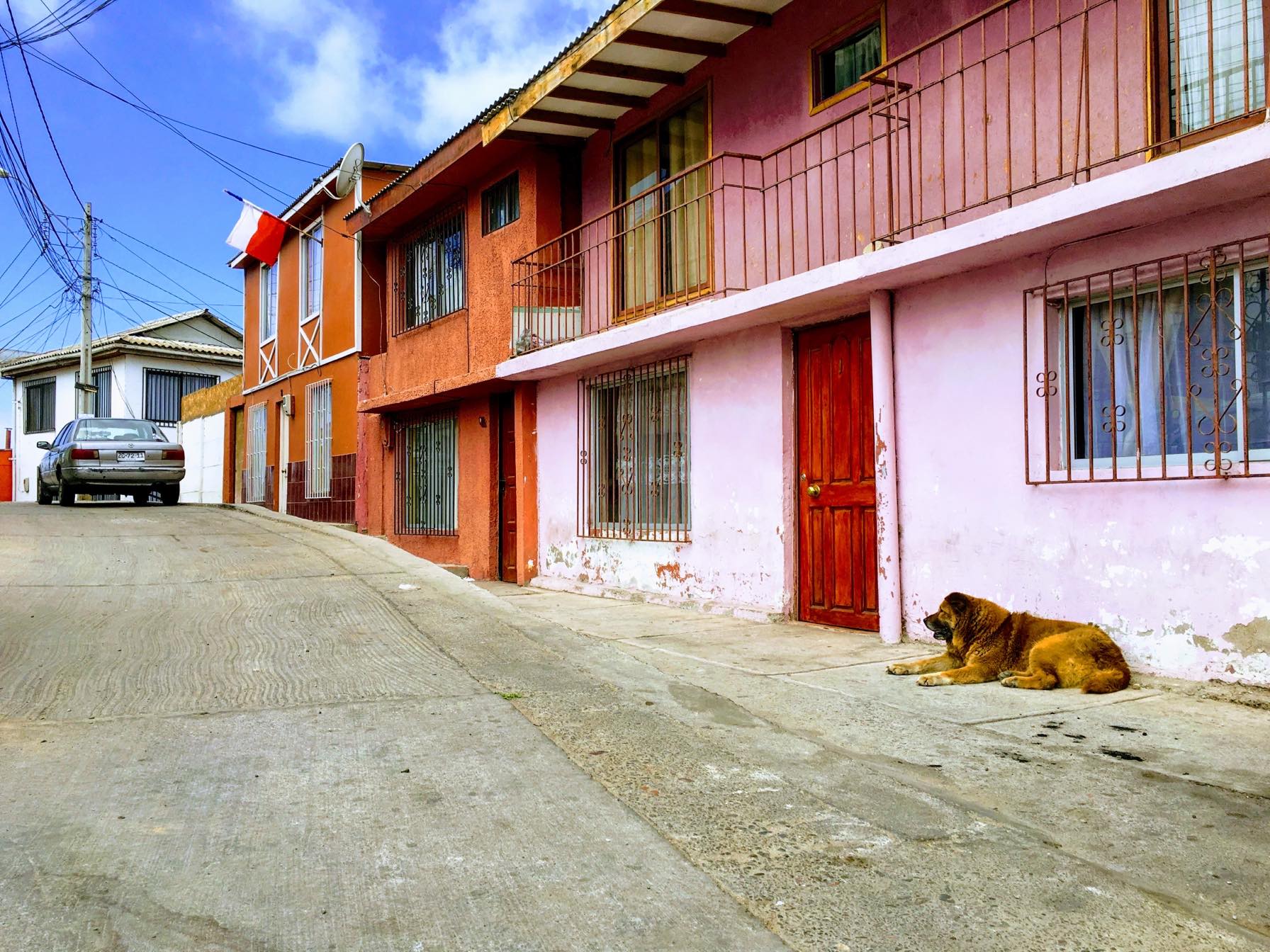
Friendly stray dogs are a common sight in Chile and they coexist peacefully with the residents of every town. This image is from Coquimbo, Chile. Photo courtesy of Amina Zaineldine.
* This article was originally published here
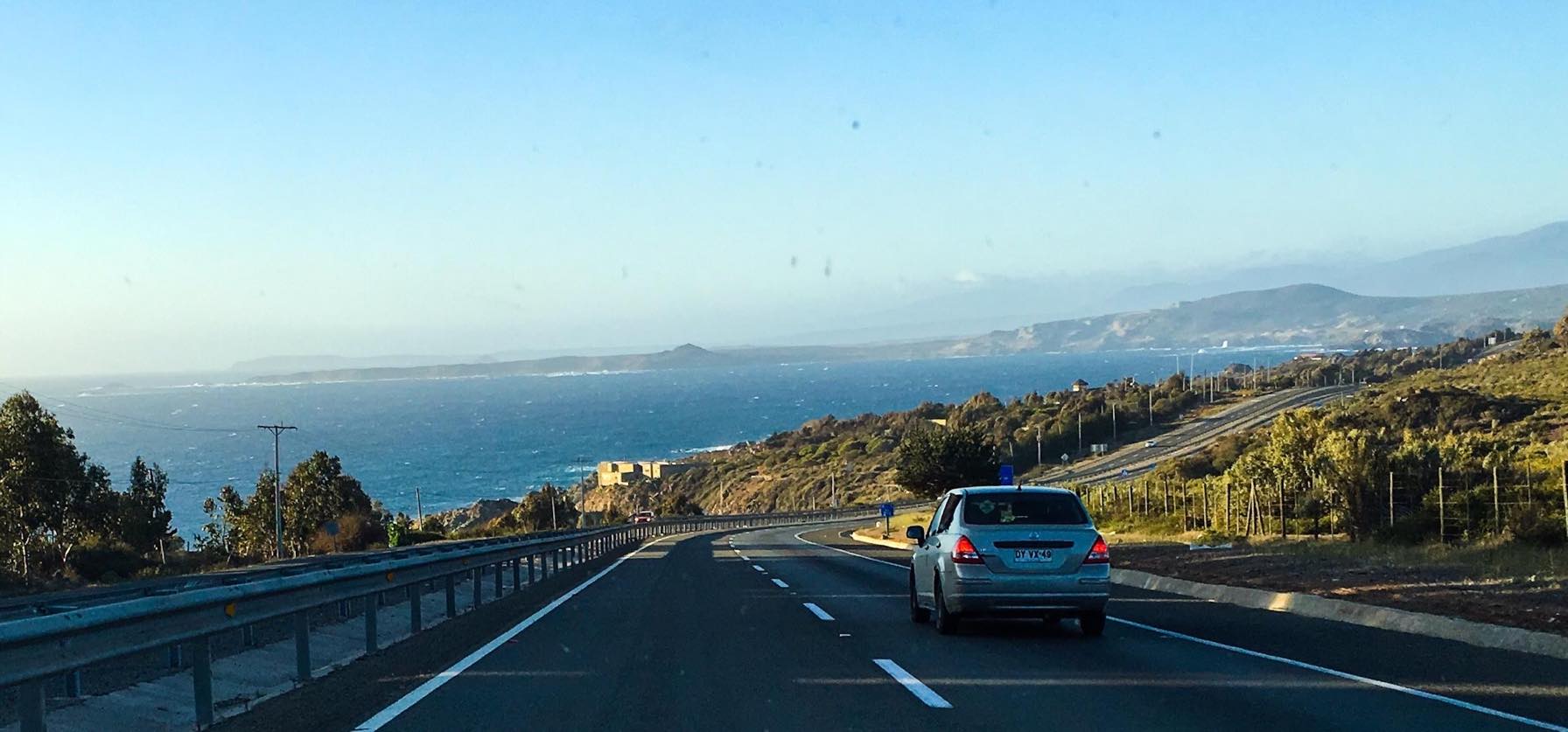
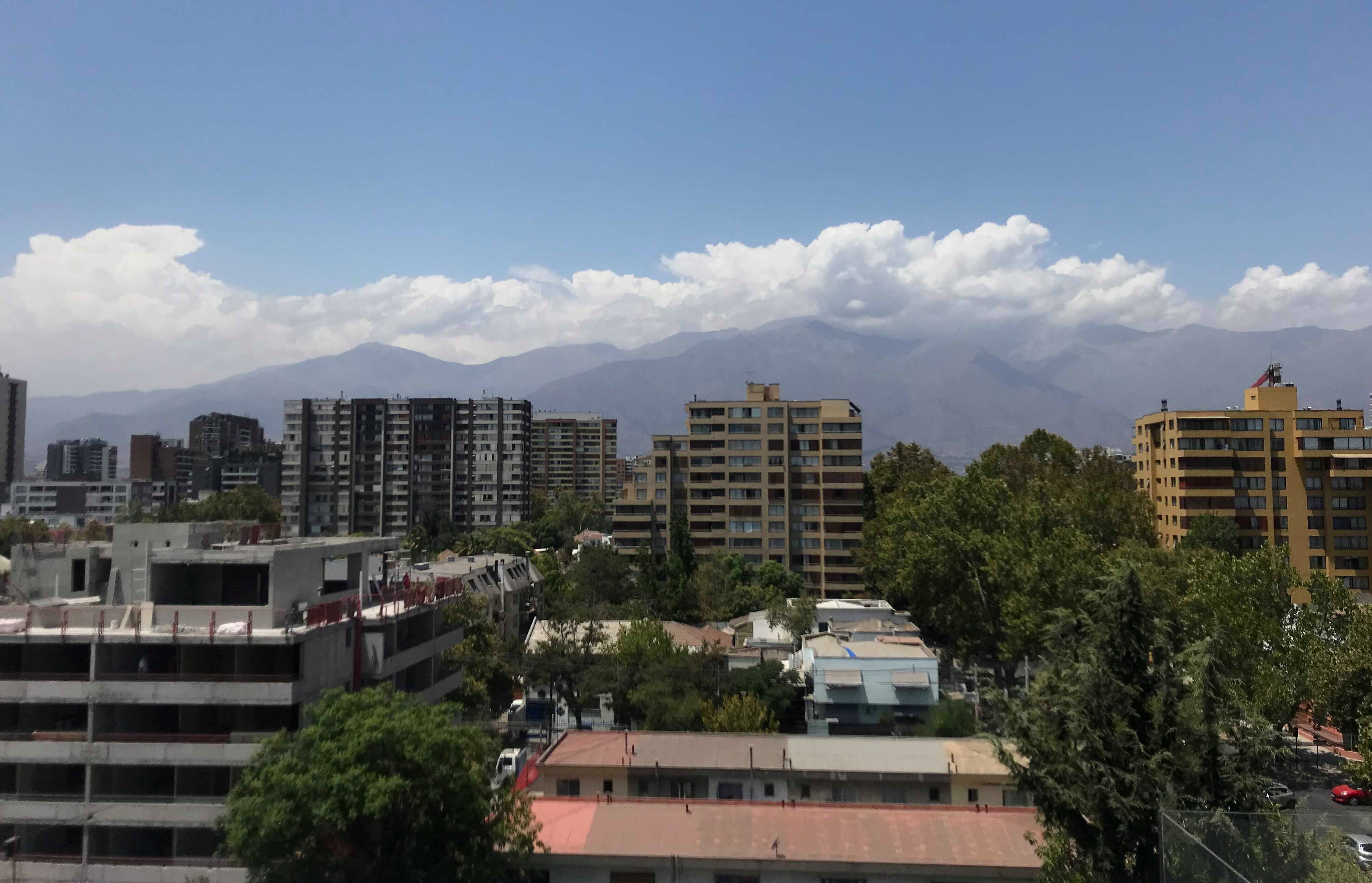




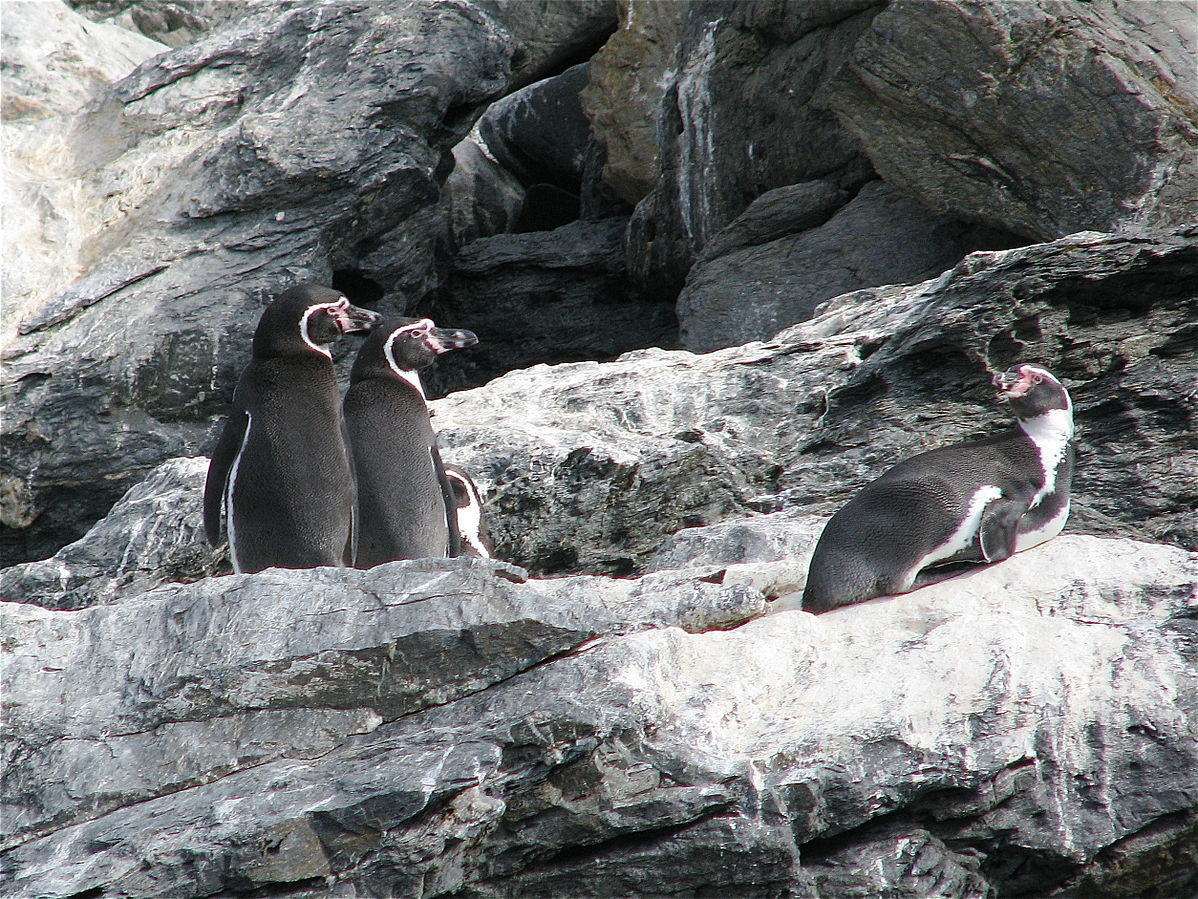
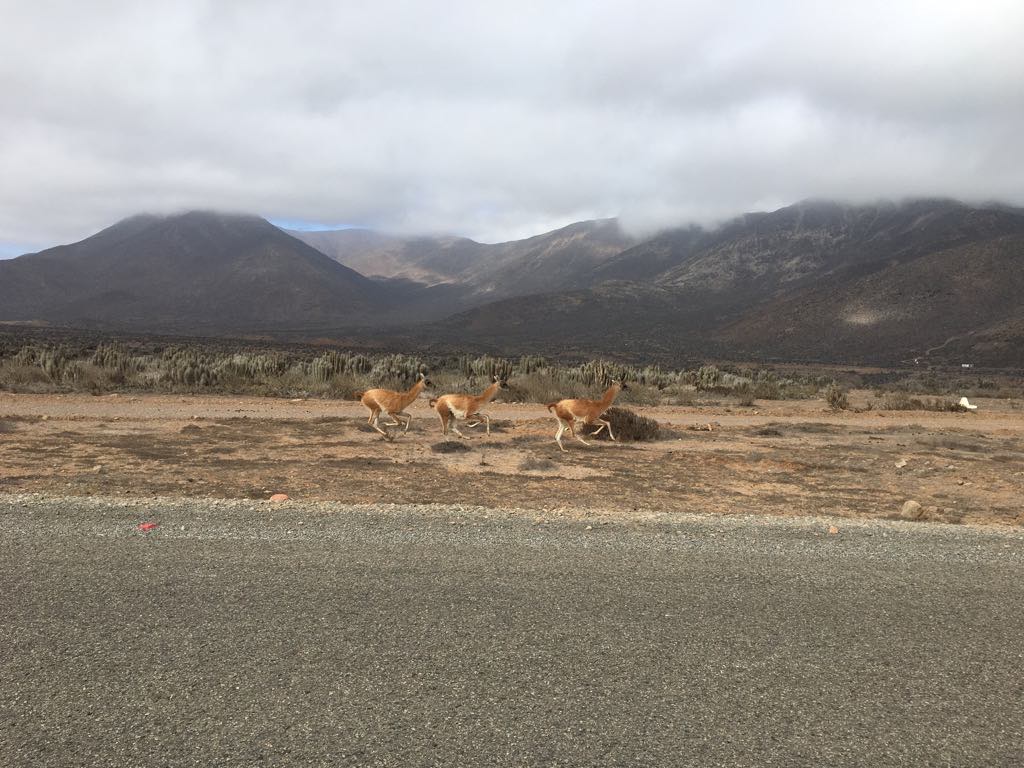




0 Comments